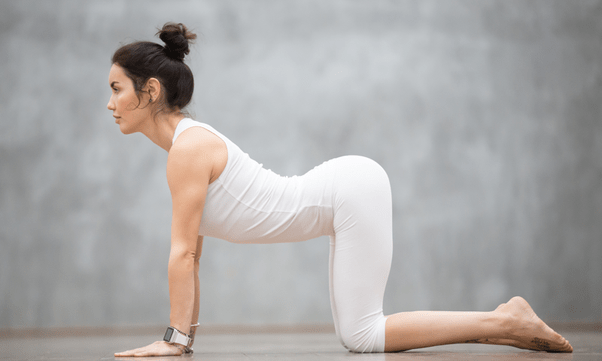In the hustle and bustle of daily life, we often overlook the critical role that digestion plays in maintaining our overall well-being. Good digestion is not just about what you eat; it’s also about how you maintain a healthy digestive system. To help you achieve this, we’ve compiled a list of exercises and health habits that can significantly improve your digestion.
Table of Contents:
Method 1: Specific Exercises
Walking: The simplest and most effective exercise to aid digestion is walking. After a meal, take a 15-minute stroll. Walking stimulates peristalsis, the natural process that propels food through your digestive system.
Jump Rope Skips: Incorporating jump rope exercises into your routine can improve your digestion while providing a great cardio workout.
Full-Body Roll-Ups: To engage your core and support digestion, lie flat on the ground or on a yoga mat. Inhale deeply, raise your arms perpendicular to the floor, and exhale as you sit all the way up.
While these exercises can significantly improve digestion, it’s crucial to avoid high-intensity exercises like sprinting, weight lifting, and gymnastics, as they can lead to indigestion and acid reflux. Steer clear of these activities if you’re experiencing digestive issues.
Method 2: Stretches
Seated Forward Folds: Begin in a seated position on the floor or a yoga mat. Inhale and raise both arms overhead, then exhale and lean forward, bringing your nose toward your knees.
Crescent Lunge with a Twist: Stand tall, take a big step forward with one leg, bend your knees, and sink your hips into a stable lunge position. Bring your palms together in front of your chest and twist to improve digestion.
Bellows Pose: Lie flat on your back and take a deep breath while raising your arms above your head. This stretch helps stimulate digestion and relaxes your body.
Cat-Cow: Position yourself on your hands and knees, aligning your hands with your shoulders and knees with your hips. The cat-cow stretch aids in maintaining flexibility in the spine and supports digestion.
Child’s Pose: Kneel down with your knees apart and your toes touching. Bend your body forward to rest your forehead on the floor, providing relaxation for your digestive system.
Method 3: Healthy Habits
Timing is Key: Wait 2-3 hours after a meal before engaging in exercise. Digestion can be delayed by a large meal, so give your body time to process the food before becoming activ
Regular Exercise: Make it a habit to exercise 3-4 times a week to maintain a healthy digestive system. Consistent physical activity can enhance your overall digestive health.
Balanced Diet: The food you consume plays a vital role in your digestive health. A balanced, healthy diet with fiber-rich foods, lean proteins, and ample fruits and vegetables can make a significant difference.
Stay Hydrated: Ensure you stay adequately hydrated during exercise. Drink 17–20 fluid ounces (500–590 mL) of fluid about 2-3 hours before you start, and another 8 fluid ounces (240 mL) approximately 20-30 minutes before you begin. Hydration is essential to support digestion.
Quit Smoking: Smoking has detrimental effects on your digestion. Quitting smoking can substantially improve your digestive health, among numerous other health benefits.
If you want to avoid tech issues or other potential problems, avoid giving the lecture live. This strategy will also let you pause the video at any point to add additional commentary or ask your class questions. To record your lecture, use the webcam on your computer. Record your screen in the video conferencing software by recording the meeting and keeping the visual aid up the whole time.
In conclusion, maintaining a healthy digestive system is crucial for your overall well-being. Combining specific exercises and healthy habits can significantly enhance your digestion, prevent gas, bloating, and indigestion, and promote a healthier, more active lifestyle. Remember, always consult with a healthcare professional before making any significant changes to your exercise or dietary routines. By incorporating these recommendations into your daily life, you can work towards a happier and healthier you.
For more information and detailed instructions, you can refer to the original article on wikiHow, a comprehensive how-to manual that provides valuable insights and guidance.

